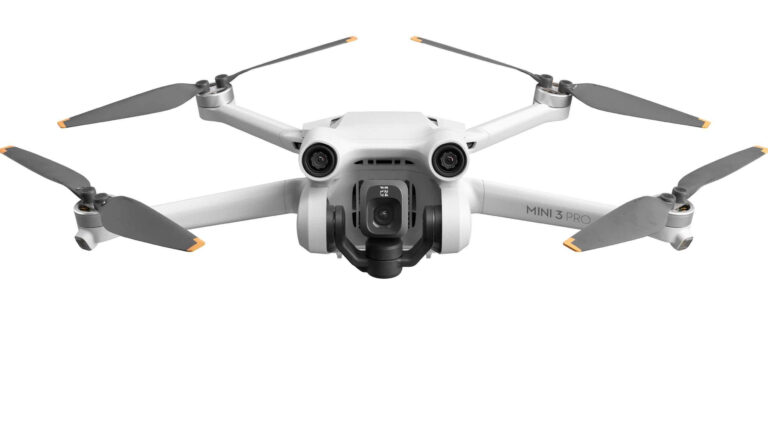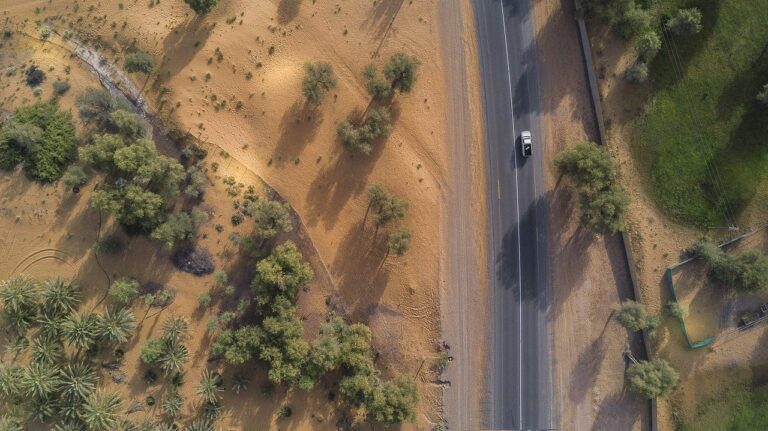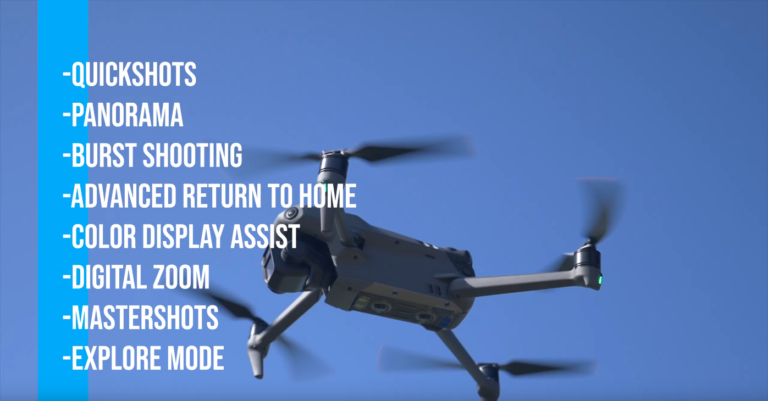Understanding FAA Drone Laws for Hobbyists

In recent years, the popularity of drones has soared, with enthusiasts of all ages taking to the skies to enjoy the thrill of aerial photography and exploration. However, it’s crucial to remember that operating a drone comes with responsibilities. As a hobbyist drone pilot, it’s essential to understand and adhere to the Federal Aviation Administration (FAA) regulations to ensure safe and legal operation. In this blog post, we’ll provide you with a comprehensive guide to FAA drone laws for hobbyists, helping you navigate the skies responsibly.
Introduction
Drones have revolutionized the way we capture images and experience the world from above. However, their increasing prevalence has prompted the need for regulations to ensure safety and protect airspace. By familiarizing yourself with the FAA drone laws, you can enjoy the freedom of flight while respecting the rules and guidelines set in place.
Overview of FAA Drone Laws
The Federal Aviation Administration (FAA) is the governing body responsible for regulating and overseeing civil aviation within the United States. This includes the regulation of drones, or unmanned aircraft systems (UAS). The FAA aims to ensure the safe and efficient operation of drones while minimizing risks to people, property, and other aircraft.
Key FAA Drone Laws for Hobbyists
Registration Requirements
All drones weighing between 0.55 pounds (250 grams) and 55 pounds (25 kilograms) must be registered with the FAA before they can be flown outdoors. Registration is a simple process that can be completed online, and it helps promote accountability and responsibility among drone operators.
Operating Rules and Restrictions
To ensure safe operation, the FAA has established several operating rules and restrictions for hobbyist drone pilots. Some key regulations include:
- Fly your drone at or below an altitude of 400 feet.
- Keep your drone within your visual line of sight at all times.
- Do not operate your drone in a careless or reckless manner that may endanger people or property.
- Do not fly your drone near emergency response efforts, such as wildfires or hurricane recovery efforts.
Flight Restrictions and No-Fly Zones
Certain areas, such as airports, military installations, and national parks, have specific flight restrictions or are designated as no-fly zones for drones. It’s essential to familiarize yourself with these restricted areas and plan your flights accordingly. The FAA provides resources and interactive maps to help you identify these restricted areas.
Safety Guidelines and Best Practices
To ensure the safety of yourself and others, the FAA recommends following these safety guidelines:
- Conduct a pre-flight inspection to ensure your drone is in proper working condition.
- Be aware of weather conditions and avoid flying in inclement weather.
- Respect the privacy of individuals and their property when operating your drone.
- Avoid flying over large gatherings of people or near stadiums during events.
Understanding Part 107
If you’re considering using your drone for commercial purposes, it’s essential to understand the FAA’s Part 107 regulations. Part 107 establishes specific rules for commercial drone operations, including requirements for obtaining a Remote Pilot Certificate and adhering to additional operating limitations.
While most hobbyist drone pilots may not engage in commercial activities, understanding Part 107 regulations can provide valuable insights for those considering monetizing their drone flights in the future.
Resources for Staying Updated
As technology and regulations evolve, it’s crucial to stay informed about the latest FAA drone laws. The FAA’s website (faa.gov/uas) is an excellent resource for accessing current information, updates, and educational materials related to drone regulations. Additionally, joining online communities and participating in local drone clubs can provide valuable insights and keep you connected with other drone enthusiasts.
Common FAQs and Answers
Here are answers to some common questions hobbyist drone pilots may have:
- Do I need a license to fly a drone? As a hobbyist, you do not need a specific pilot’s license. However, you are required to register your drone with the FAA.
- Can I fly my drone at night? The FAA allows hobbyist drone pilots to fly during civil twilight (30 minutes before official sunrise or after official sunset) with appropriate lighting on their drones.
- What about flying drones in public parks? It’s important to check local regulations and park rules before flying your drone in public parks. Some parks may have specific restrictions or require permits for drone flights.
Conclusion
By understanding and adhering to FAA drone laws, hobbyist drone pilots can enjoy their flights responsibly, ensuring the safety of themselves, others, and the airspace. Remember, responsible drone operation is not only a legal obligation but also a way to contribute to the positive development of the drone community. So, familiarize yourself with the regulations, stay informed about updates, and soar to new heights with confidence!
Disclaimer: This blog post is intended to provide general information about FAA drone laws for hobbyists and should not be considered legal advice. Always refer to the FAA’s official website and consult with legal professionals or certified flight instructors for specific legal guidance and training.
Subscribe to receive latest news from us

Other topics you may want to read:

Dji mini 3 pro – Lightweight Drone with 4K Video
The tracking mode option, or in other words “follow me” technology is one irreplaceable and really important feature that you should look for when buying a drone. Today we are going to share with you the best drones with tracking mode option, so you can make the best choice.

Top 5 smart drones flying tips
The technology Is constantly being improved. The newest generation of drones is called ‘SMART DRONES’. What is this? Drones that have improved software, better motors, more efficient sensors and a much better collision-avoidance system. Basically, they will be absolutely autonomous, they will deliver data in real-time and they will no longer need a pilot, just a task and destination.

DJI Mavic 3 – Exciting New Features
Mavic 3 – Exciting New Features
Today we finally have the long-awaited January update for the Mavic 3 and this brings all of those features that were promised on the launch date but were never available in the Mavic 3. They were just saying “Features coming soon”. Now we’ve got all of the features that they promised us on the release date finally available for Mavic 3 users.
